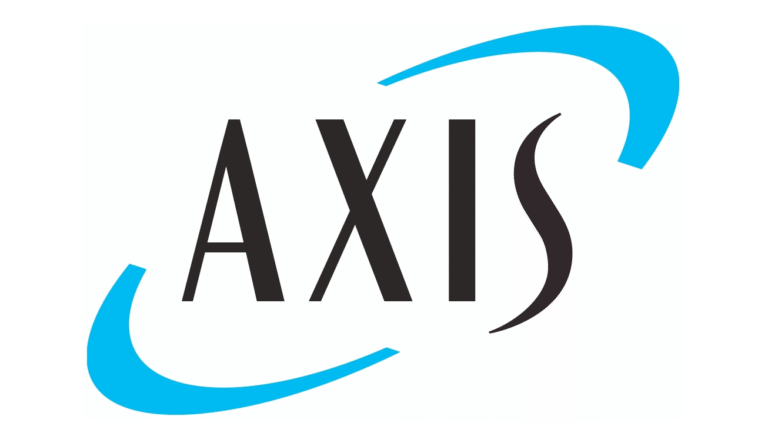
Global reinsurance brokerage Gallagher Re has strategically partnered with Nanyang Technological University, Singapore (NTU Singapore), ranked among the world’s top universities, to establish the Gallagher Re Asia Hazards Program and co-fund three PhD scholarships.

The initiative, exclusively funded by the pair, will support three PhD scholars, commencing research in 2026, which aims to address some of Asia’s most pressing natural catastrophe challenges, including cyclone and tsunami risk, remote sensing for disaster response, and advanced flood modelling for Asian cities.
The broker’s support builds on re/insurance sector’s collaboration with academic institutions to strengthen data-driven resilience and climate risk understanding.
With natural disaster losses escalating across continental Asia, the program hopes to bridge the insurance protection gap by strengthening the scientific foundations that underpin risk assessment, pricing, and resilience planning.
The partnership supports NTU’s pursuit of high-impact research advancing sustainable risk management solutions and closing the protection gap across Asia.
Hui Yen Tai, Regional Director of South East Asia, Korea & Taiwan at Gallagher Re, commented, “This new agreement demonstrates Gallagher Re’s commitment to capacity building in regions vulnerable to natural hazards.
“Outputs from the Gallagher Re Asia Hazards Program will support new, innovative property catastrophe insights that deepen understanding of risks across Asia, inform more effective disaster preparedness strategies, and support improved (re)insurance decision-making. It will help advance disaster risk science and promote knowledge exchange in this critical field, supporting efforts to mitigate the impact of natural disasters and strengthen community resilience in the region.”
Associate Professor Sang-Ho Yun, Director of Remote Sensing Lab at EOS, emphasised that remote sensing technologies are revolutionising how disasters are managed. He explained, “Our work will enhance rapid and comprehensive satellite-based disaster-mapping capabilities, enabling faster and more effective humanitarian and governmental responses.”
Associate Professor David Lallemant, who heads the Disaster Analytics for Society Lab at EOS and ASE, added, “Flood modelling is a critical tool for climate and disaster risk management. Our work will help cities across Asia better anticipate and respond to extreme weather events, ultimately saving lives and reducing economic losses.”
Professor Adam Switzer, Assistant Dean (Development) at NTU’s College of Science and leader of EOS’s Climate Transformation Programme at NTU, concluded, “Cyclones and tsunamis pose increasing threats to coastal communities and infrastructure. Through this program, we will develop science-based strategies to mitigate these risks and support sustainable development in vulnerable coastal regions.”





